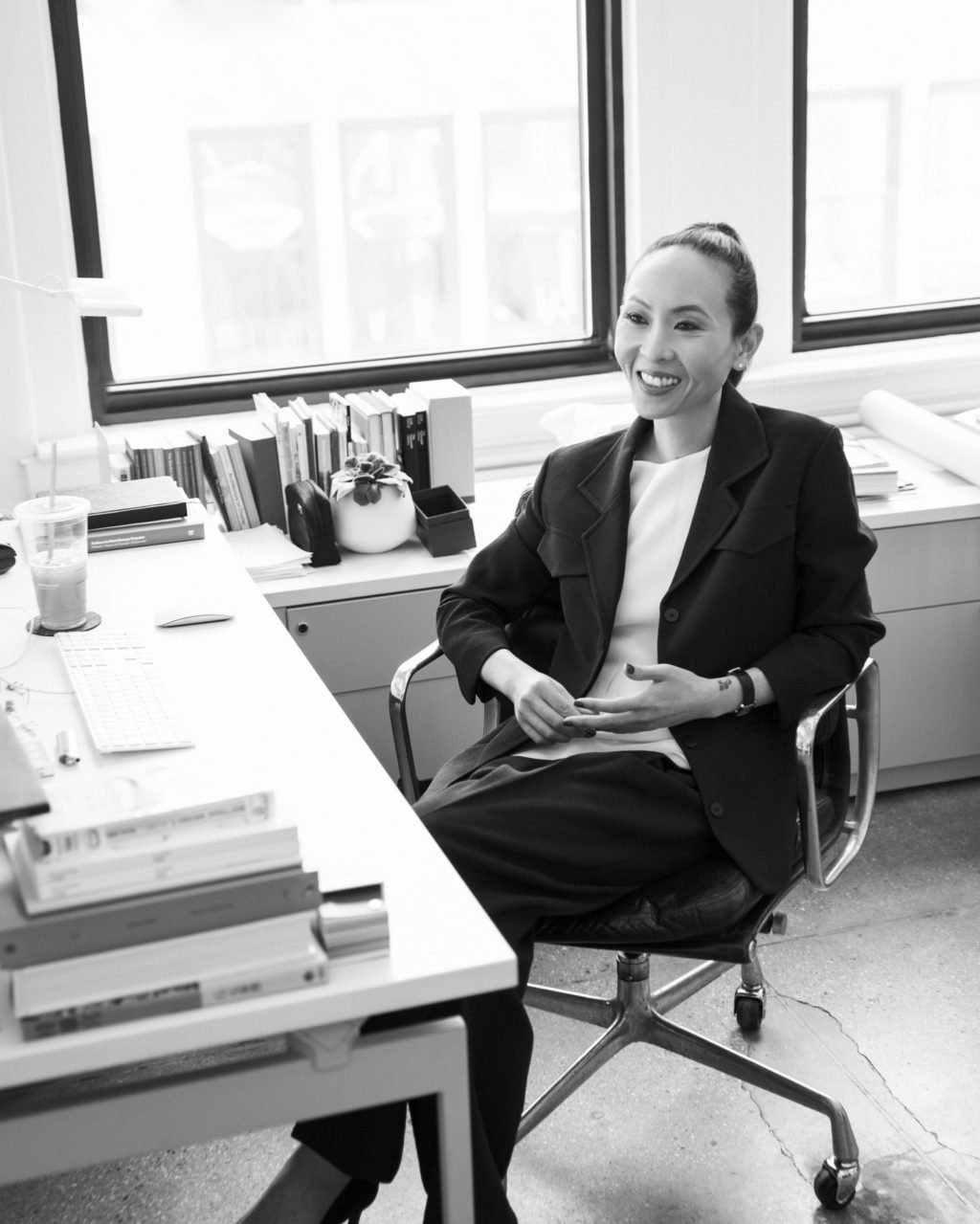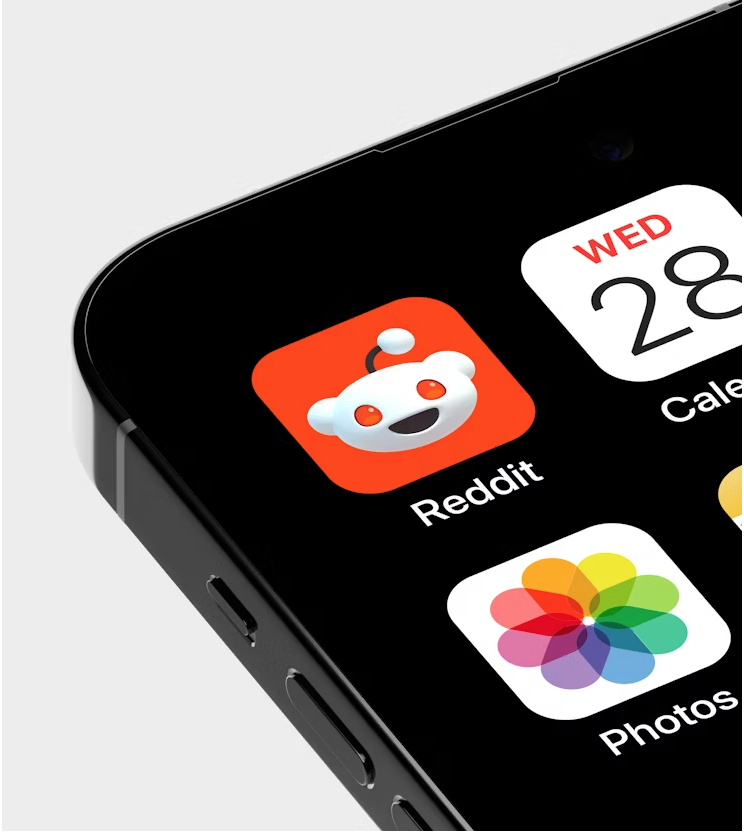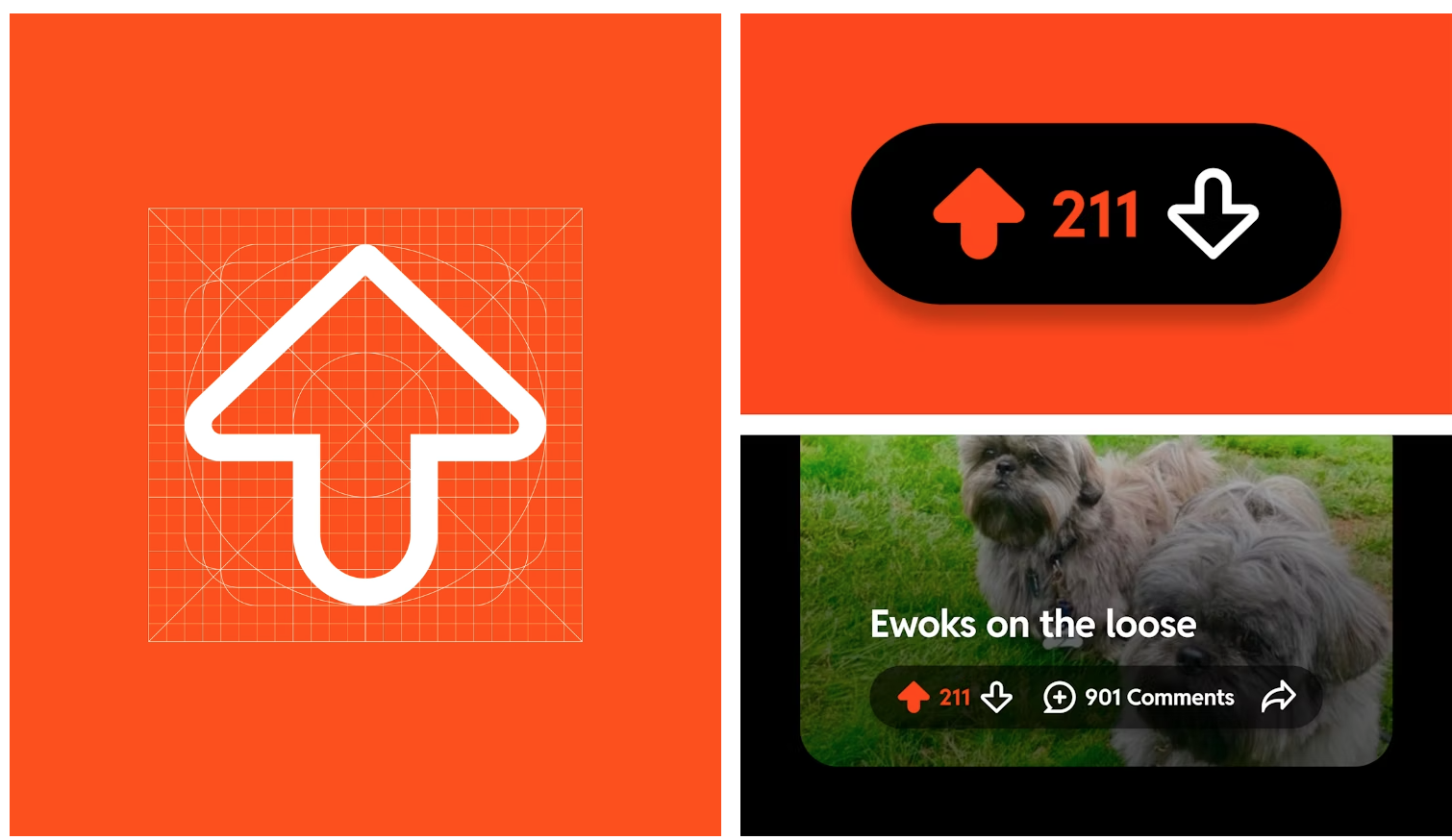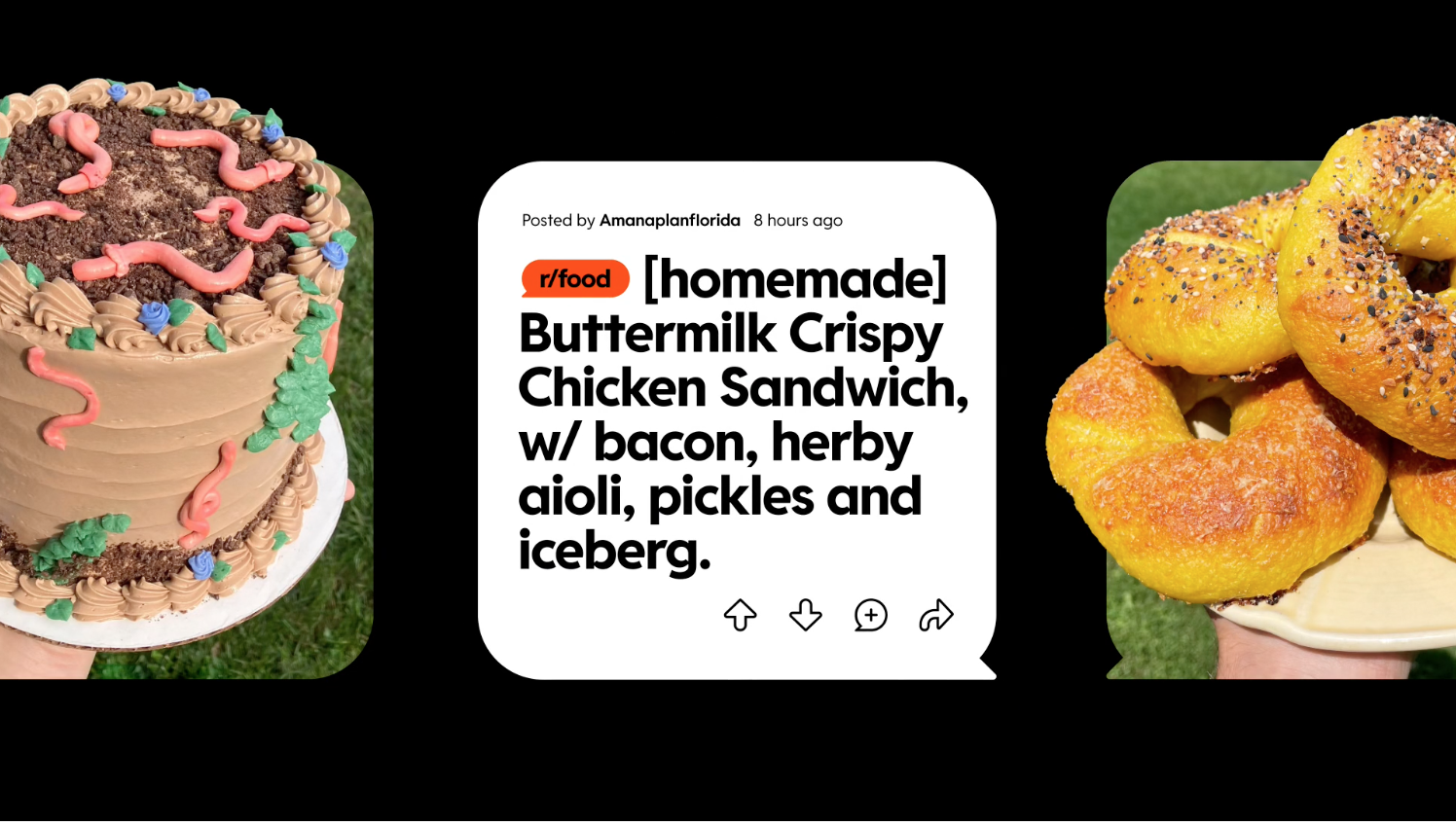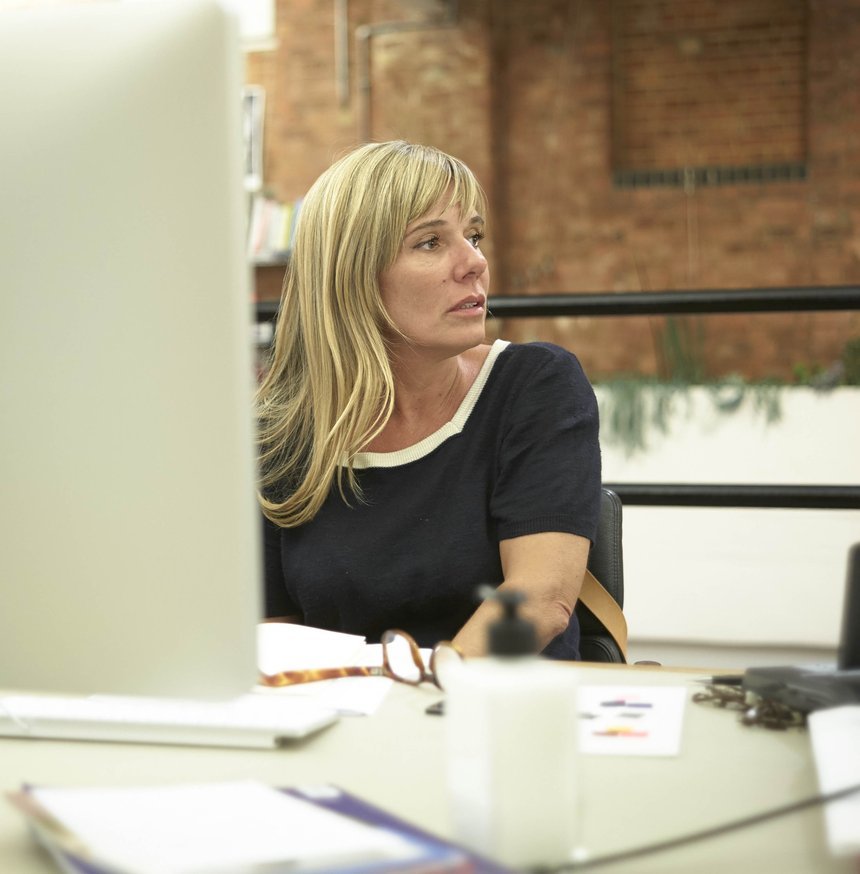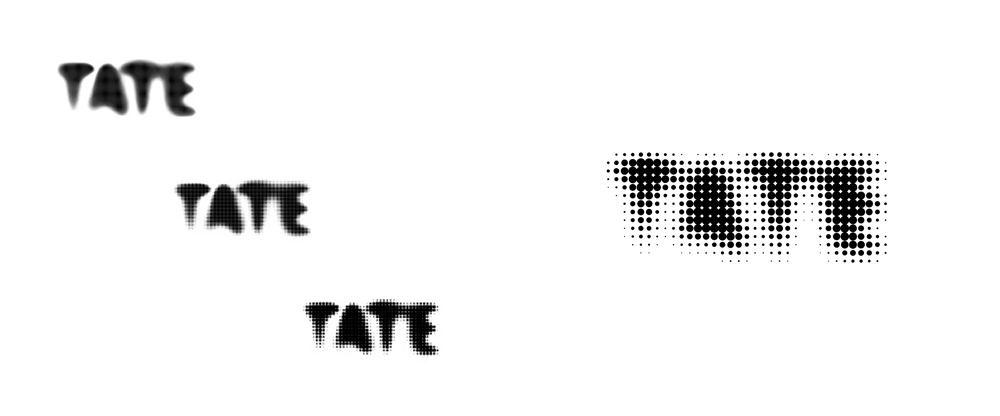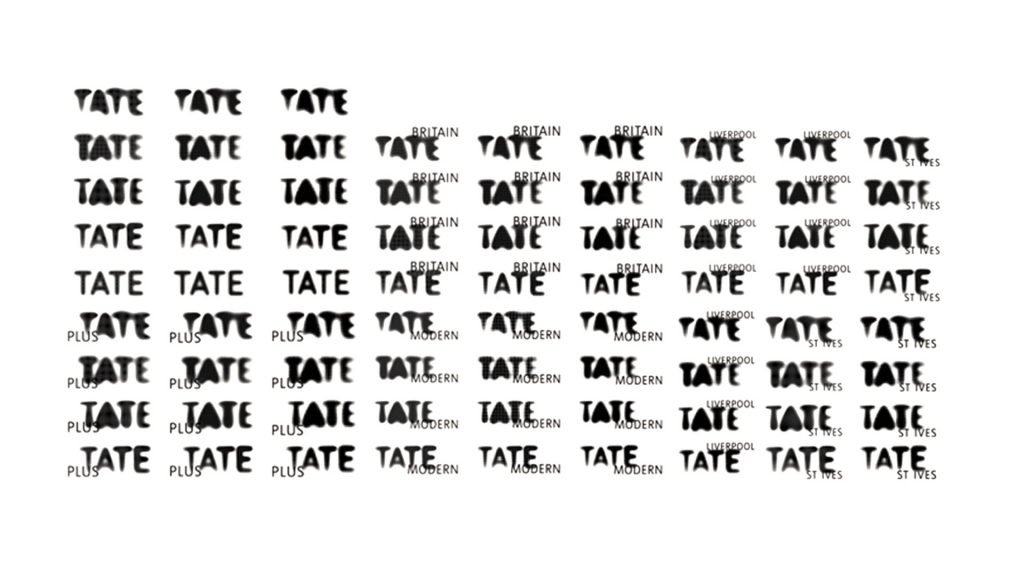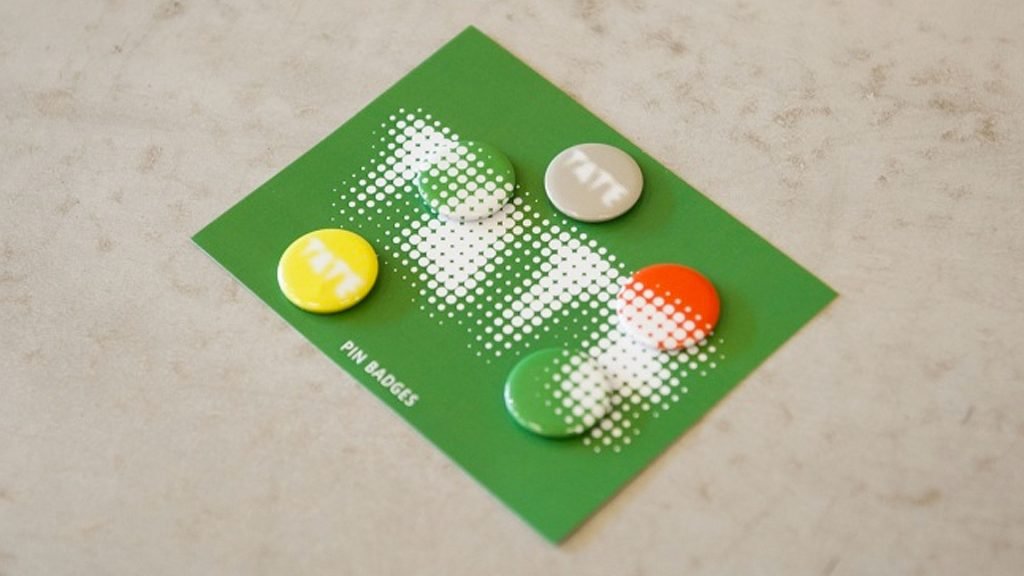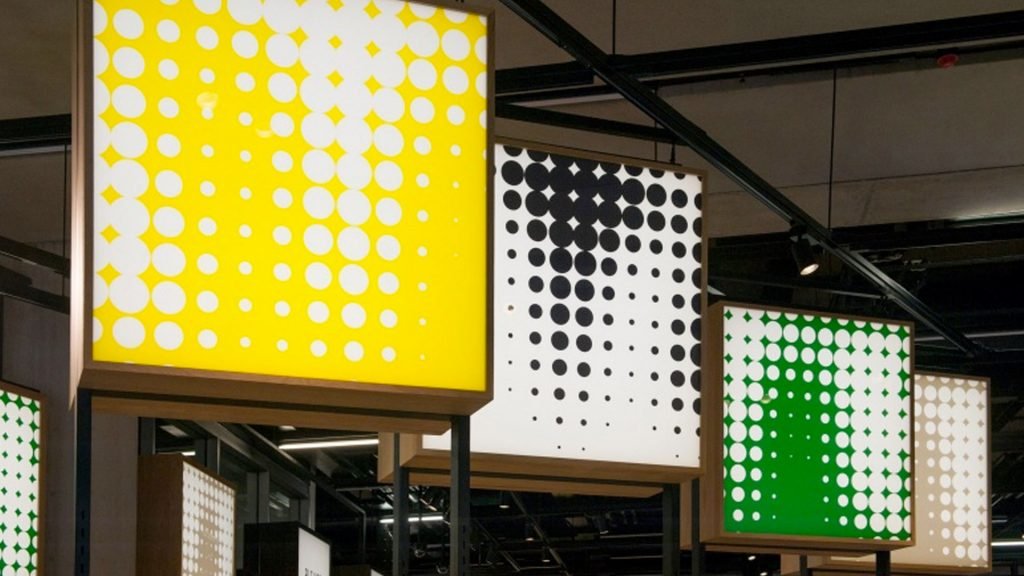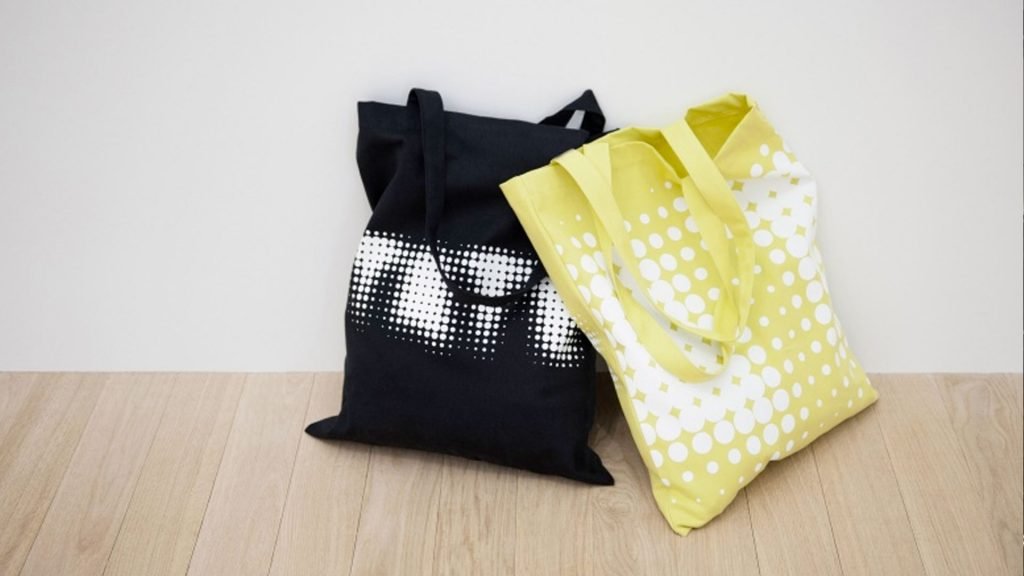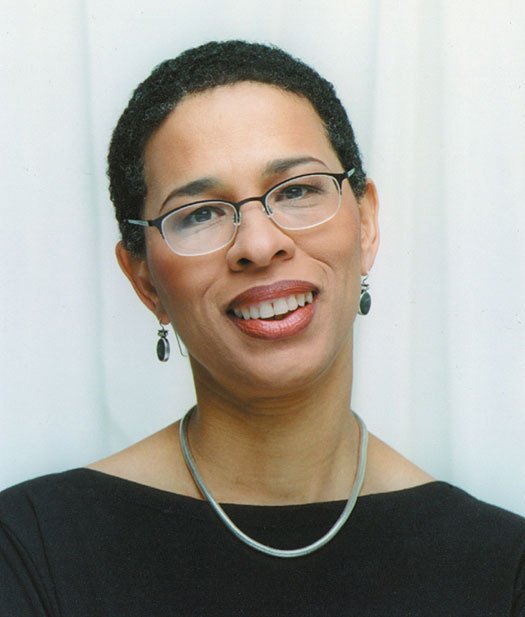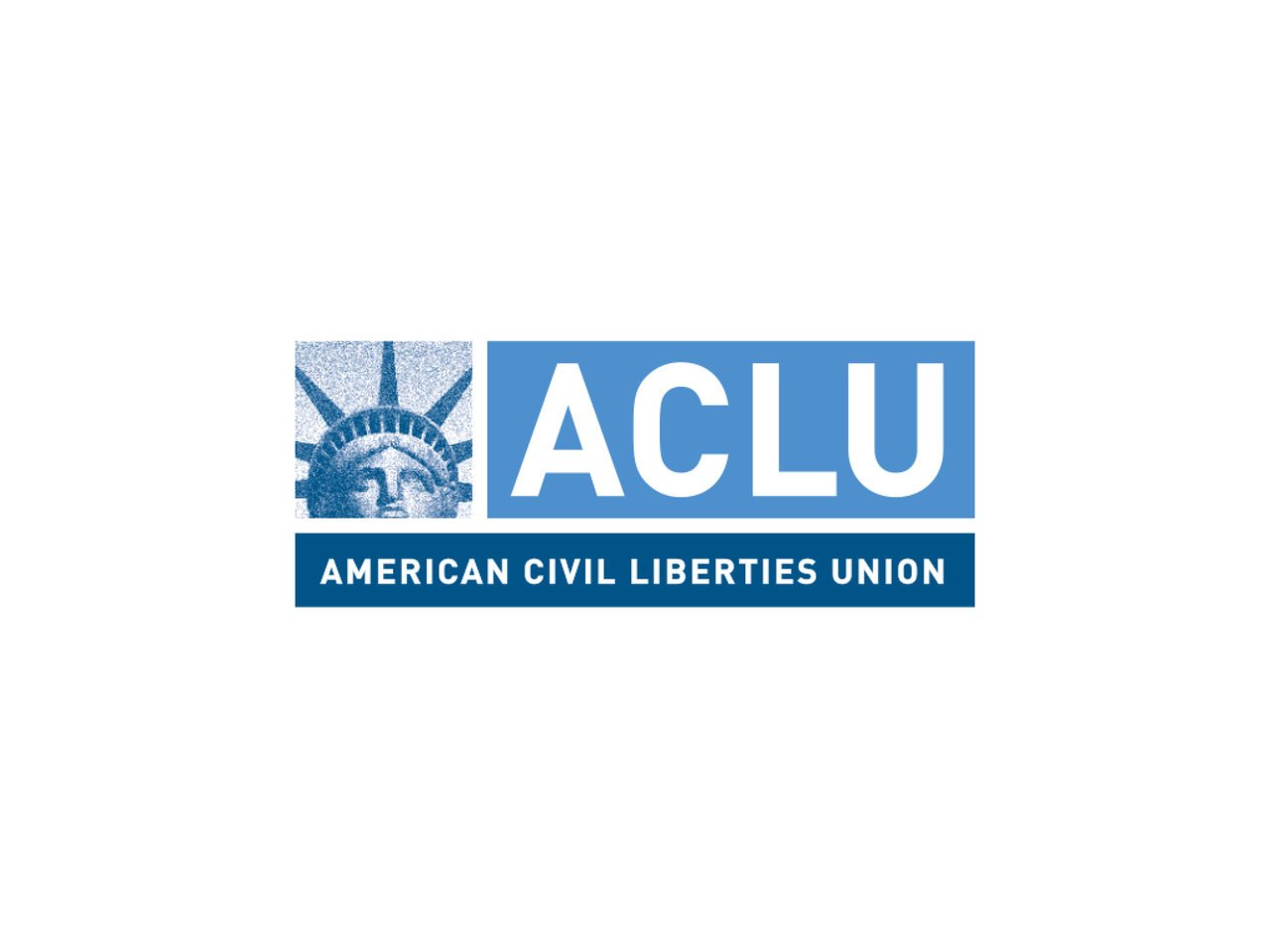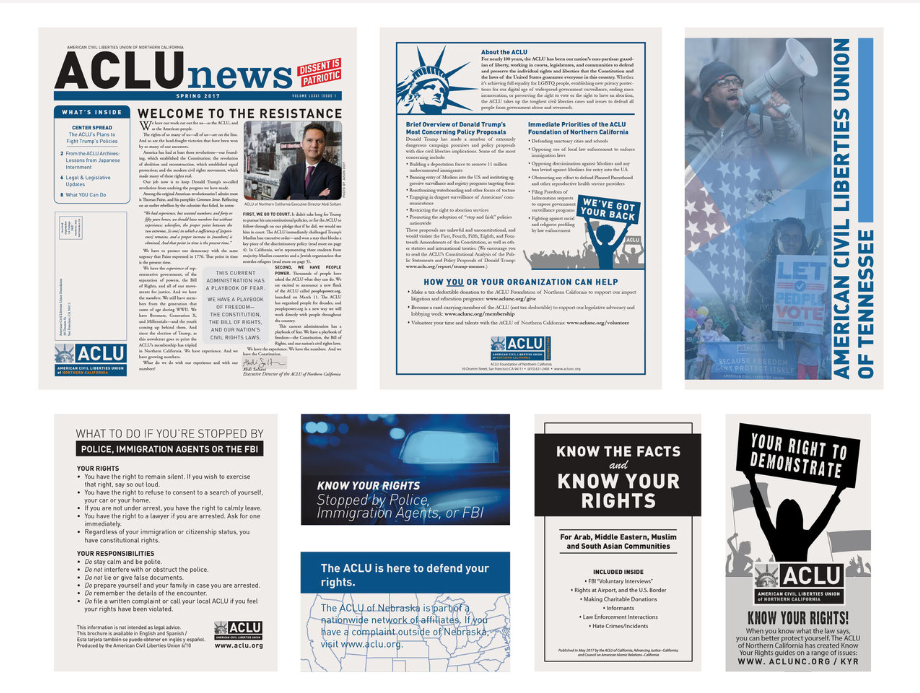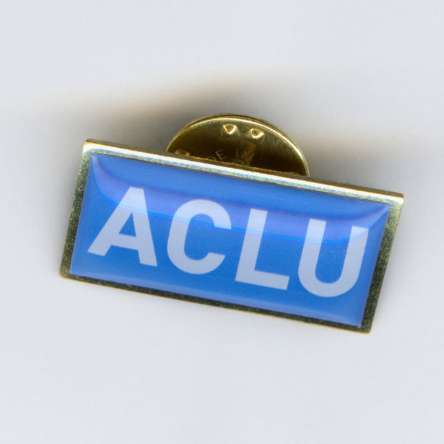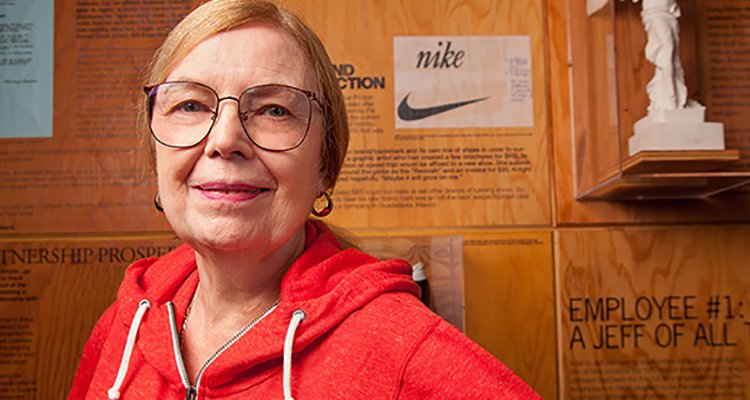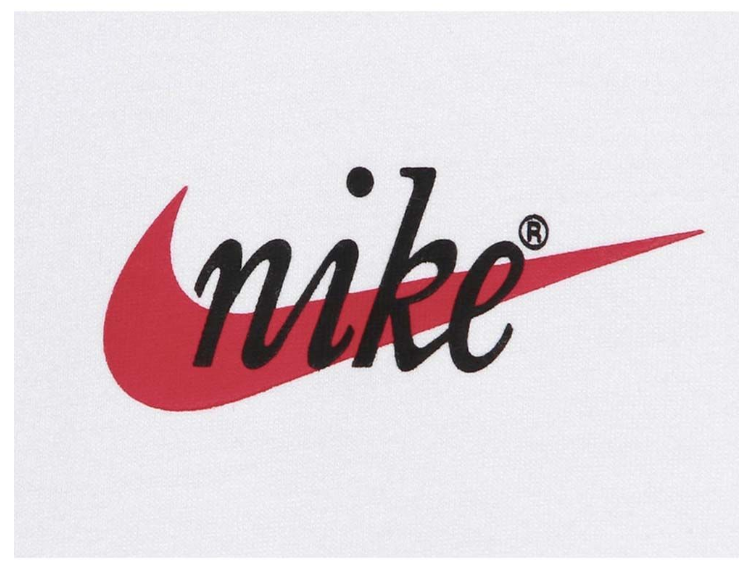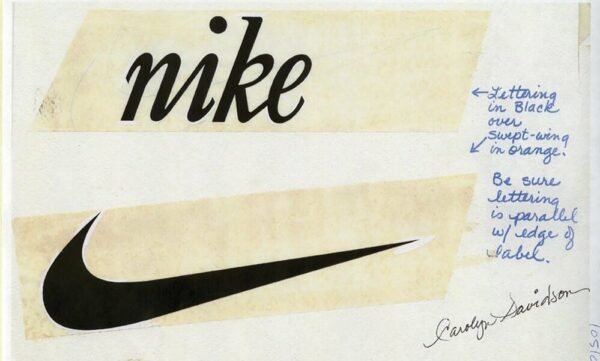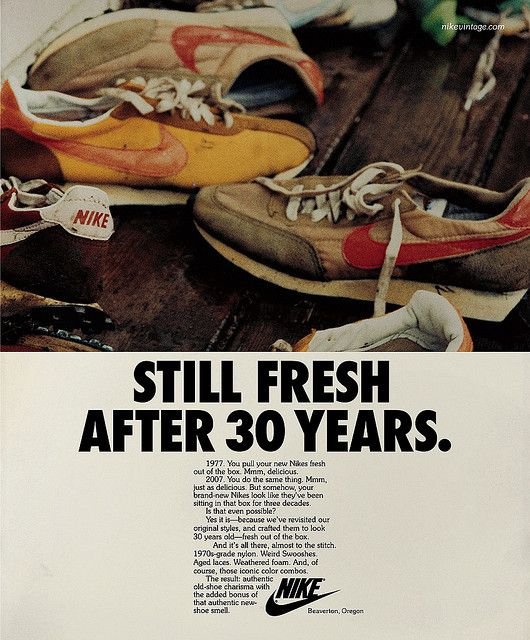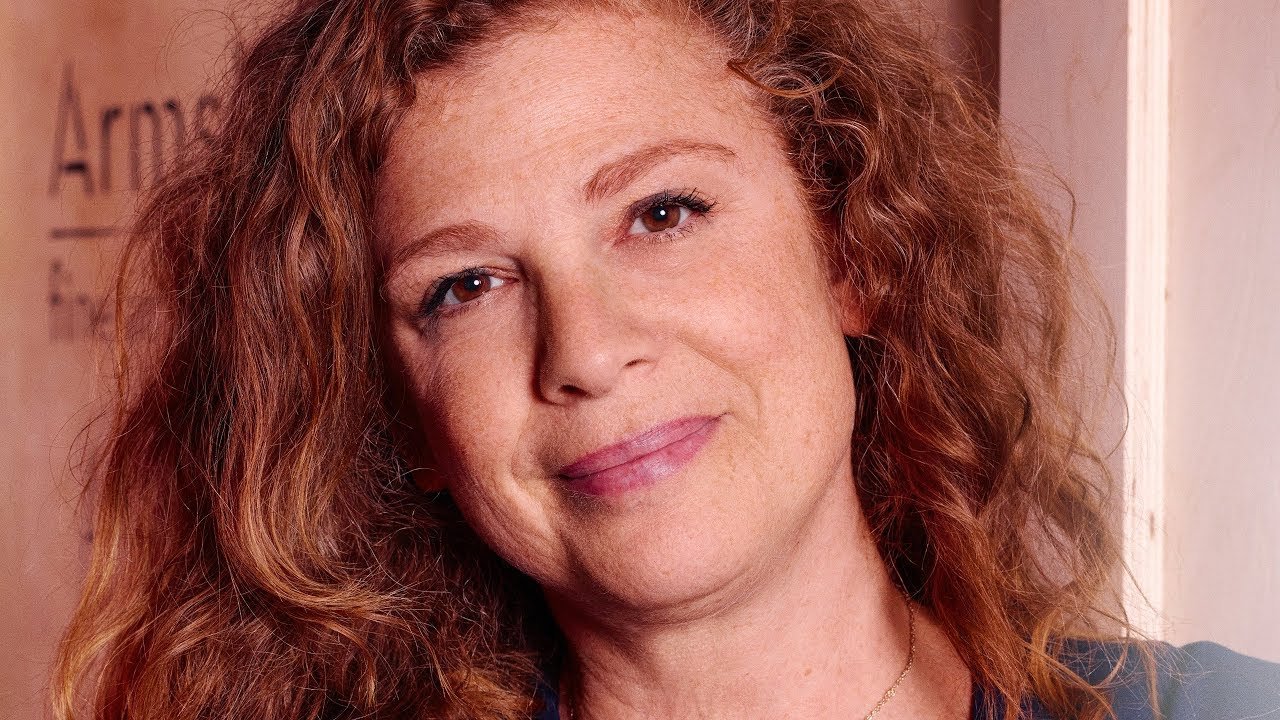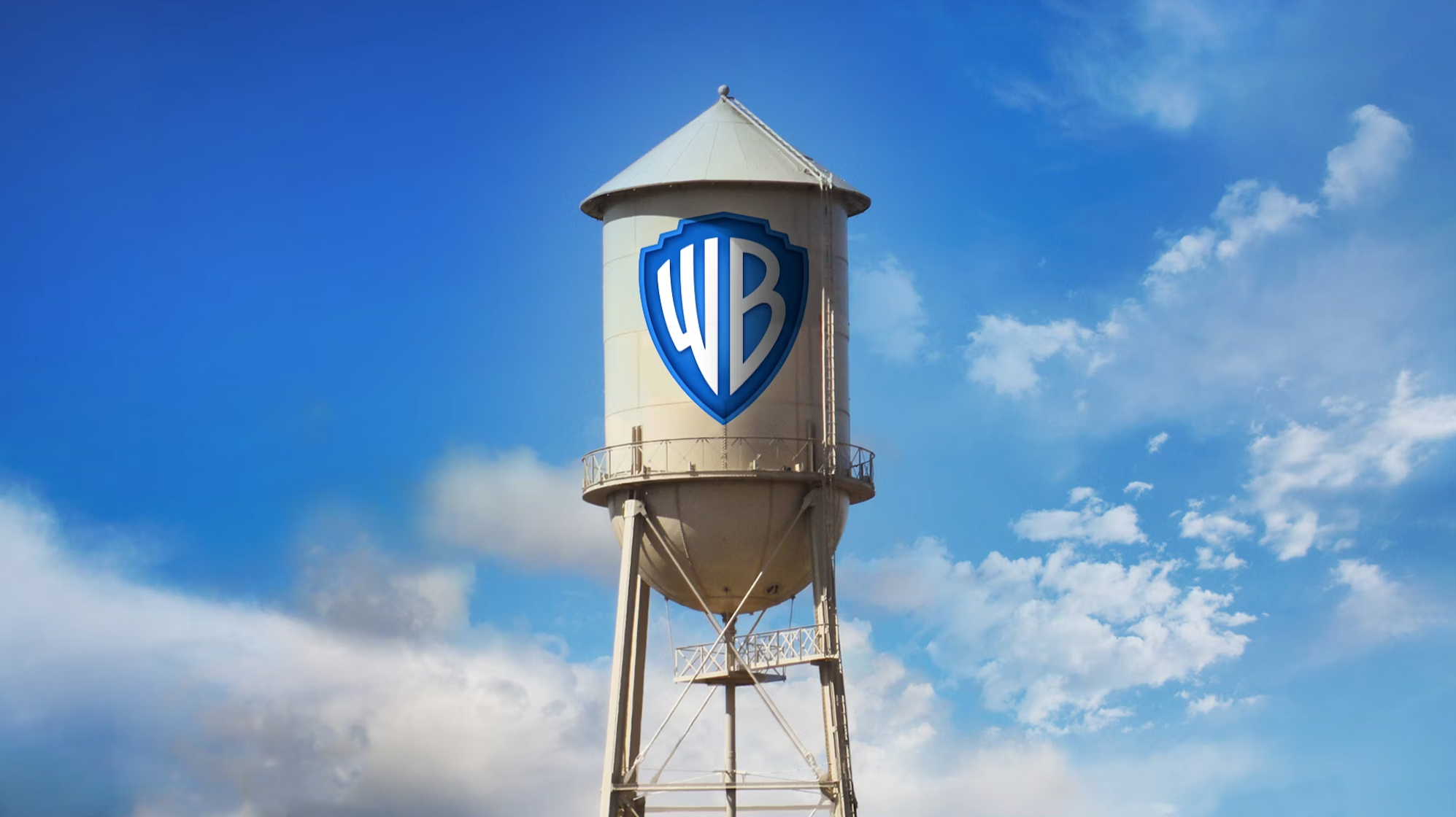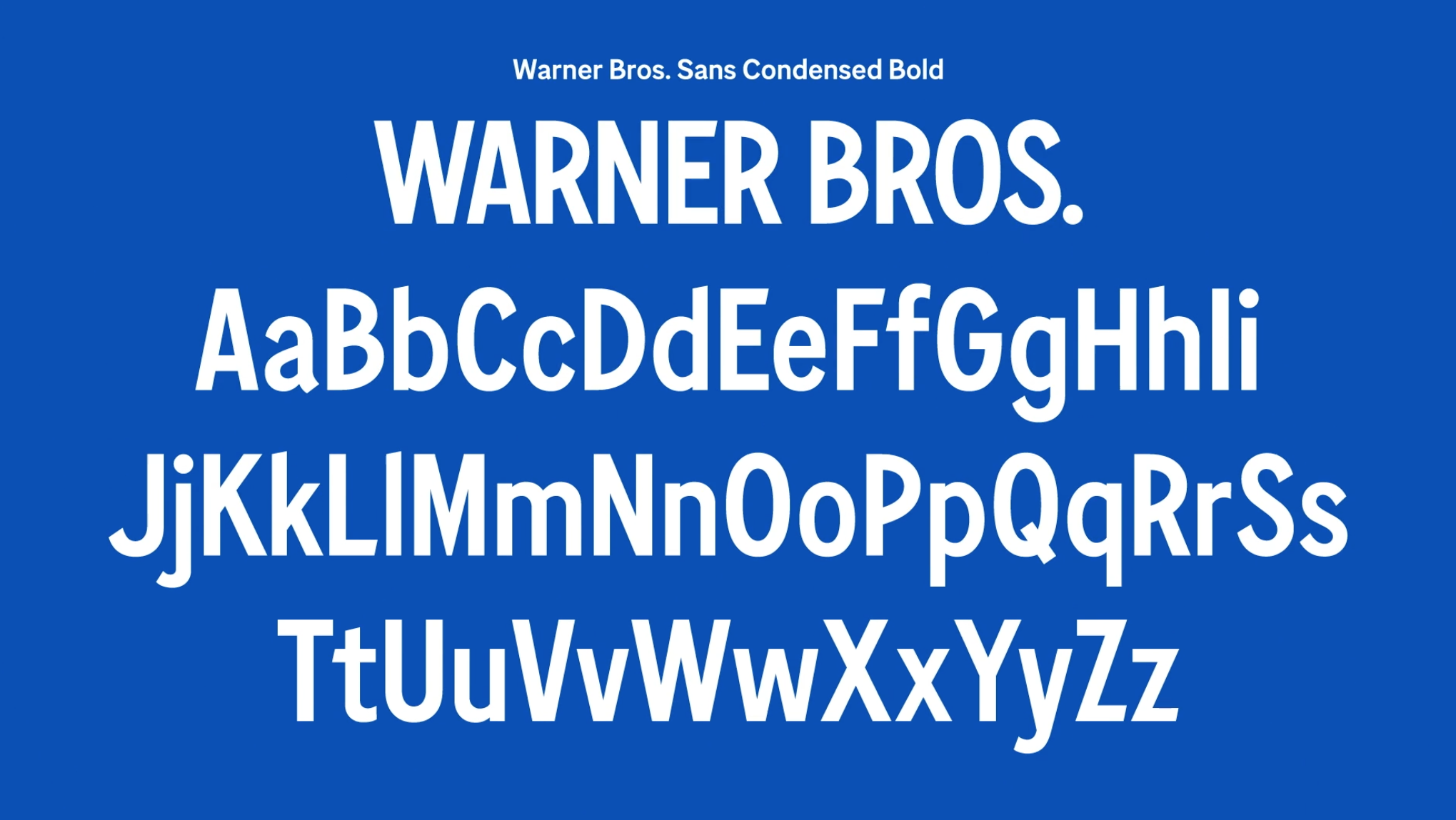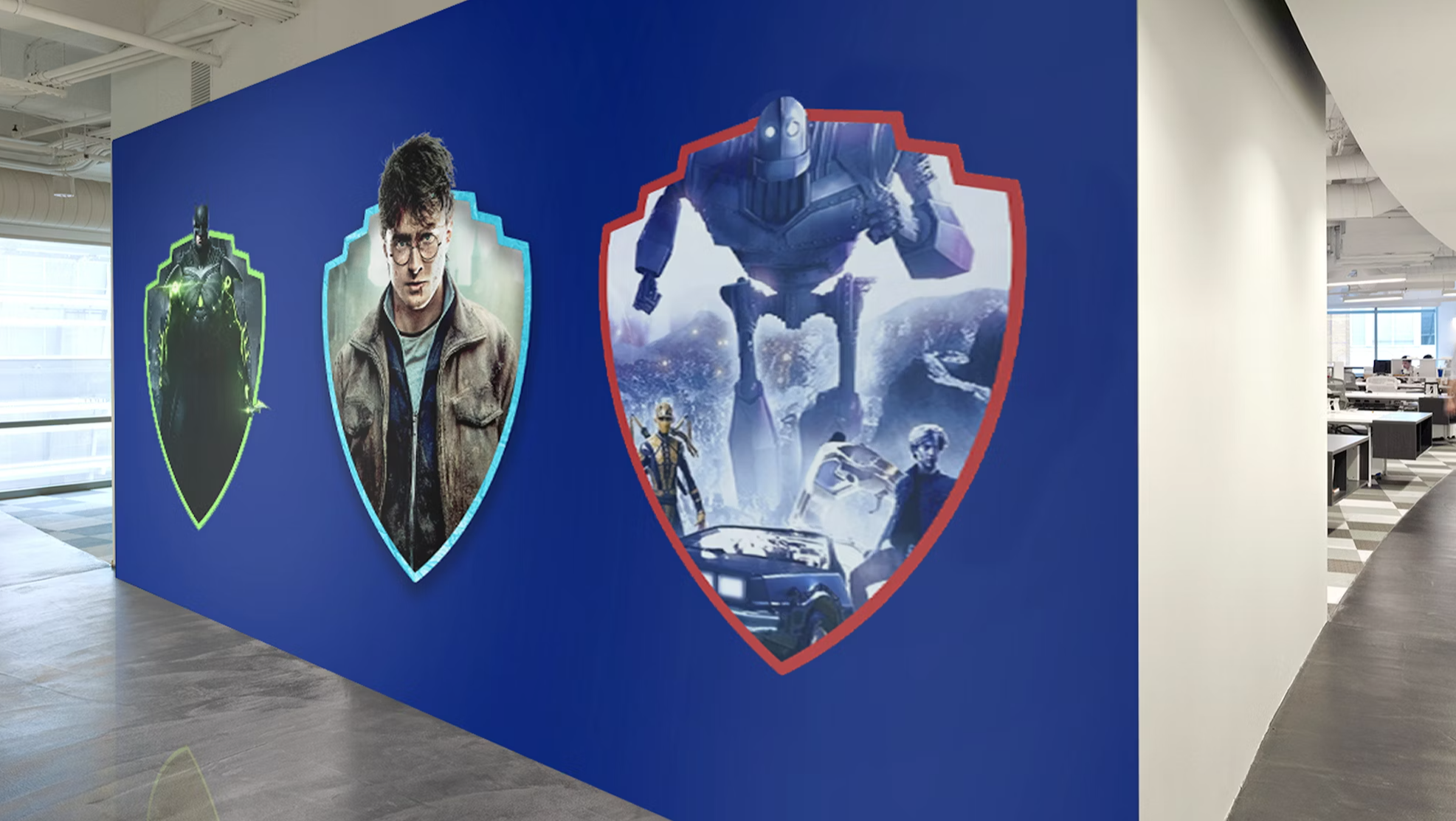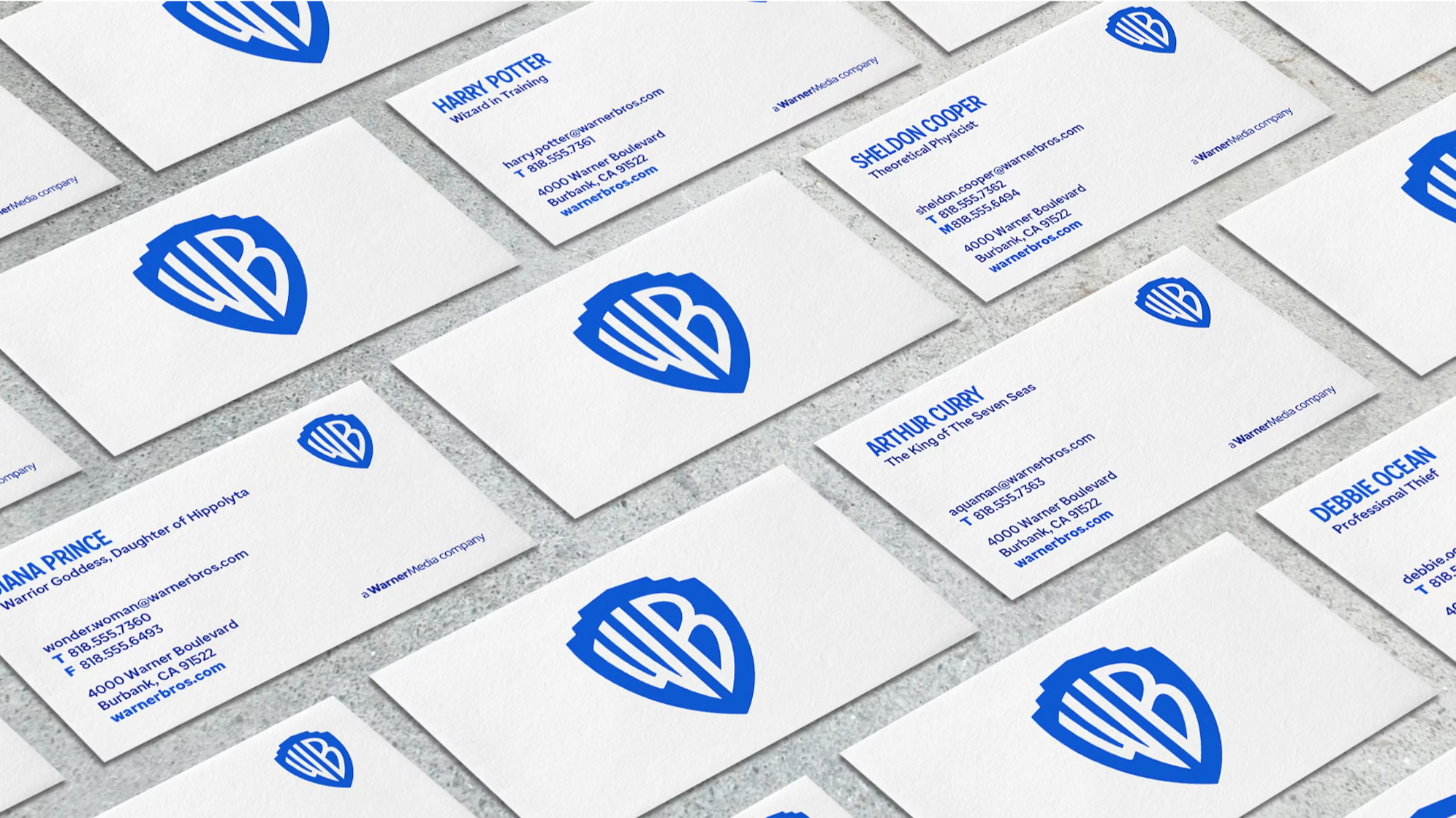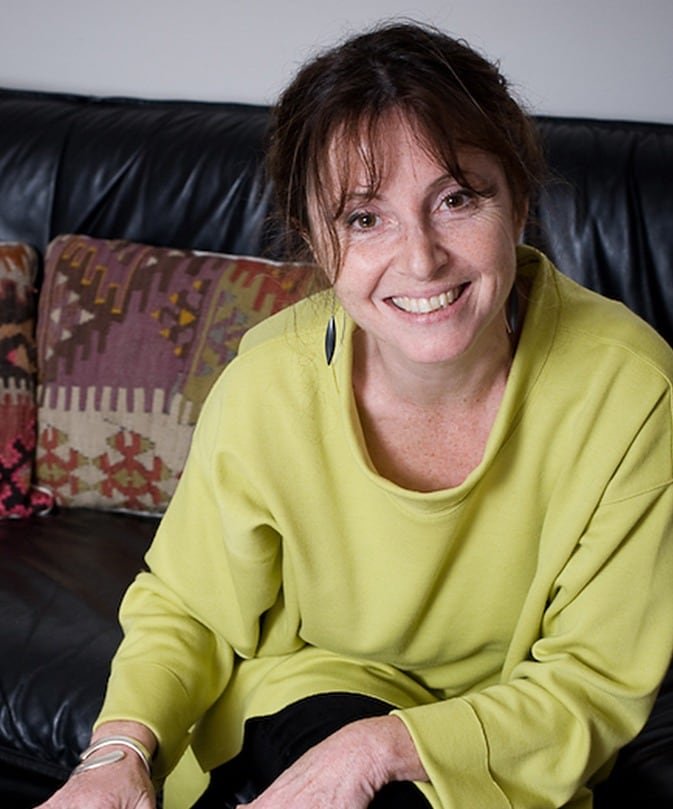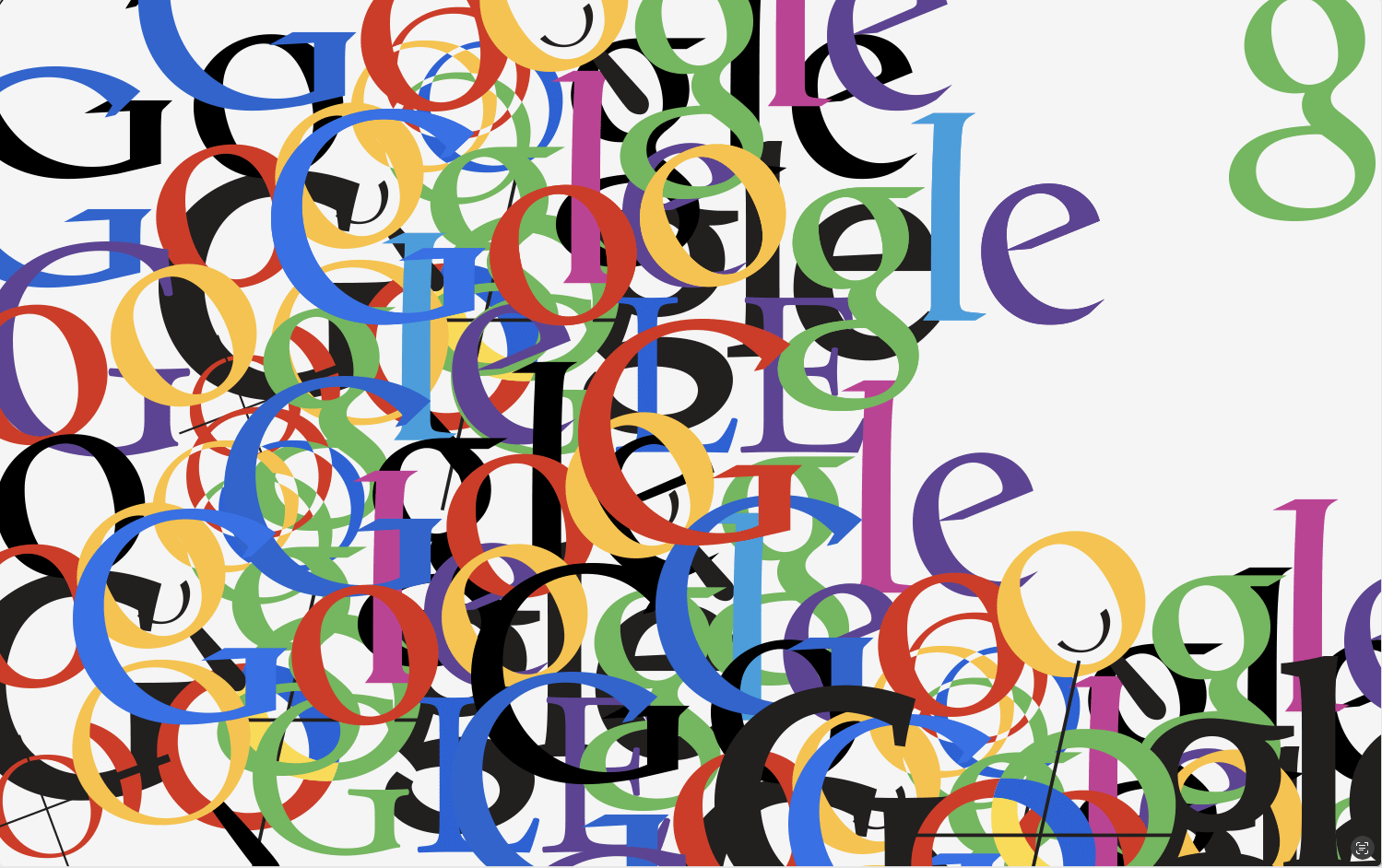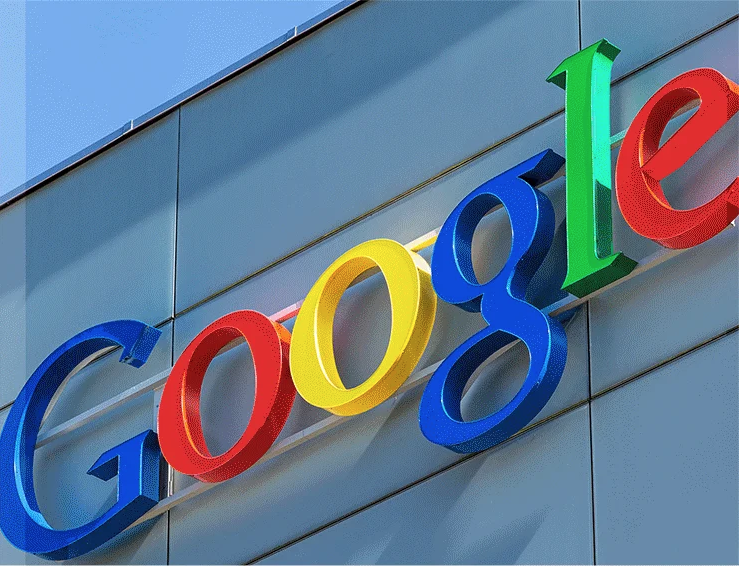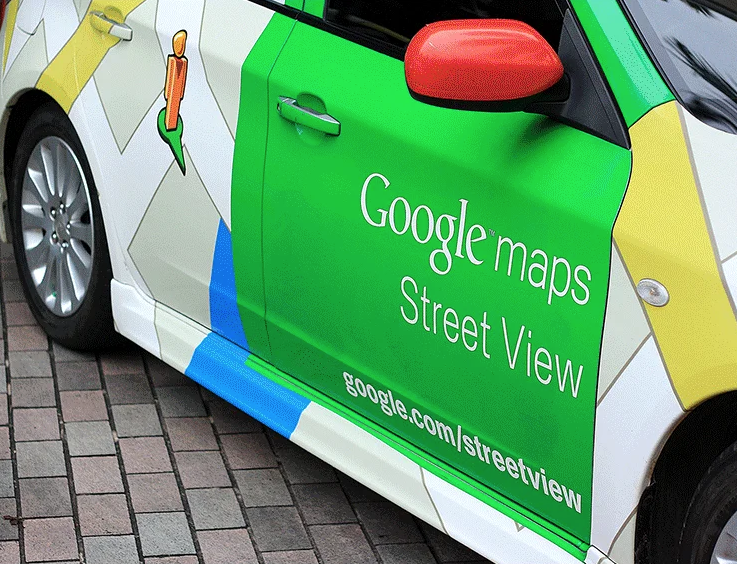Women's History Month is always a reflective four weeks for us. It's a time to think of the trailblazers in the design industry and all the best brand identities designed by women. It’s scary how little we learn about women in design school and frustrating how women-designed brands aren’t celebrated in the media as much as they should.
Many people (other women included) are surprised to hear that many of the brands they use on a regular basis were designed by women. We've put together a list of some of the trailblazers in the design industry and the brand identities they were responsible for.
Reddit: Natasha Jen
We kick off with a recent rebrand courtesy of the wonderful Natasha Jen – a six-time National Design Award nominee, as well as a speaker, judge, and agency partner.
Reddit wanted to simplify its existing color palette and implement a conversation bubble as the cornerstone of its new visual identity. The goal? To make Reddit an engaging, lively place where users could feel right at home.
Jen simplified Reddit's color palette from over 100 colors to just 15, implementing a new, professional-looking custom typeface. Perfect for a business ready to launch as a publicly traded company.
Reddit's mascot Snoo, also got a makeover. Jen's team wanted to make Snoo as "iconic as Super Mario, " rendering it in 3D and creating a menu of expressive emojis for the platform.
Tate: Marina Willer
Good design makes you think. That was the underlying focus of Marina Willer's work when she was called upon to redesign the Tate Gallery's brand identity in 1999.
A Brazilian-born graphic designer based in the UK, Willer is behind prolific brand identities including Rolls Royce and Amnesty International.
The Tate wanted to modernize in time for the millennium, with Willer and her team coming up with the theme "look again, think again." People can perceive the same piece of artwork in a variety of ways, and Willer wanted this concept to shine through in the branding.
A collection of different logos, they all look the same at first glance, but move in and out of focus, providing a dynamic look and feel. Rather than create the logos on a computer, Willer used an analog technique, projecting images on a projector and taking photos.
Willer has gone on record to say that the Tate project was her favorite and how great it was to be a part of the brand's history.
ACLU: Sylvia Harris
The ACLU is an organization that campaigns for people's civil liberties and human rights. This means it made perfect sense that when it rebranded, the driving force behind the change was Sylvia Harris. Sylvia Harris was an advocate of social impact design – an approach that uses good design to make a difference in people's lives and create change for the better. Over the course of her career Harris was involved in the design of hospitals, universities, and civic agencies.
The creative director behind the 2000 census, Harris was approached to rebrand ACLU in 2002. Established in 1920, the organization wanted to modernize, making itself more appealing to young people. The new design featured an iconic depiction of Lady Liberty, coupled with a bold, eye-catching typography.
Harris died unexpectedly in 2011. However, her legacy lives on, and she inspires a generation of women designers who want to drive positive social change through their work.
Nike: Carolyn Davidson
Nine times out of ten, if you ask someone to name a woman-designed brand, they'll say Nike!
Carolyn Davidson was studying graphic design at Portland State University in 1969. It was there that she was asked by Phil Knight, a professor of accounting and future co-founder of Nike, to create a logo for a pair of running shoes he was designing.
The project was not a success, at least not initially. Davidson developed several designs, including the now-iconic "Swoosh," designed to evoke the onomatopoeic sound that an athlete makes as they sprint towards the finish line.
Knight's response? "It's the least worst (logo), but I'll get used to it." However, the logo was registered in 1971, and the rest, as they say, is history.
The urban legend is that Davidson only earned $35 for 17.5 hours of work on a logo that earned the company billions of dollars. While this is true in part, Carolyn did get 500 shares of Nike stock at a later date, valued at $3.6 million in 2023.
Warner Bros: Emily Oberman
Emily Oberman was immersed in the design world from a young age, with a painter mother and a graphic designer father. The three of them often collaborated on commercial projects.
Oberman redesigned the famous Warner Bros logo in 2019, which hadn't been touched since 1993 (although it was redesigned again in 2023). A fan of pop culture, Oberman and her team were eager to get started.
A clean and contemporary look was the goal, with Oberman swapping out the dated gold and blue for a sleeker blue and white. The shield was also slimmed down and flattened, making it easier to change out the color scheme and styling for unique projects.
Oberman isn't just the genius behind the Warner Bros redesign but was the driving force behind a wide range of well-loved brand identities, including Fisher Price, Rotten Tomatoes and Tribeca.
Google: Ruth Kedar
Not many people know that the world's most iconic and well-known brand was woman-designed.
Ruth Kedar was responsible for the initial Google logo design in 1999, used on the site for over 15 years. Already an established designer and instructor at Stanford, students Larry Page and Sergey Brin reached out to her to create a logo for their brand-new startup.
Kedar wanted to create a logo that was forward-facing but also evoked the past – with a light serif typeface. The bright primary colors were an intentional design choice – showing that like you can create infinite colors with just four, Google can help you discover limitless possibilities.
Honorable Mentions: More Women-Designed Branding Examples
We've looked at some strong brand identity examples, but there are still a lot of cool brands out there that were designed by women and women-led design studios!
Here are some of our favorites:
AliBaba: Illo Studio
Brooklyn Brewery: Motto
Genius IQ/BBQ: Tania Lili
Mailchimp: Jessica Hische
MTV: Patti Rogoff
Need Something Designed? Ask a Woman-Owned Agency!
Did you know that only one percent of agency owners are women? We've talked about why there are so few women-owned design agencies in a previous article and what we can do collectively to fix things.
At Anastasia Salazar Ltd., we're proud to be women-owned, operated, and staffed. Reach out to learn how we can help you fuel growth and maximize your brand’s impact.


